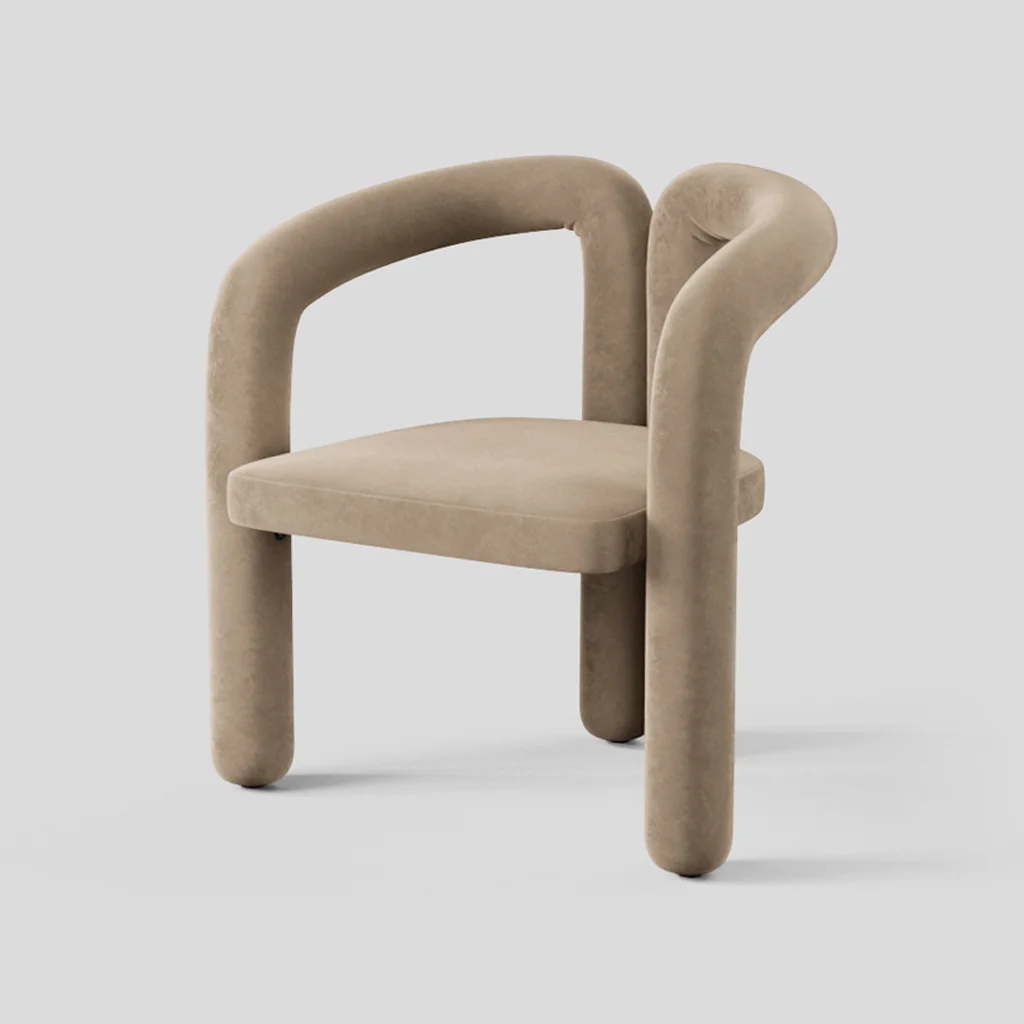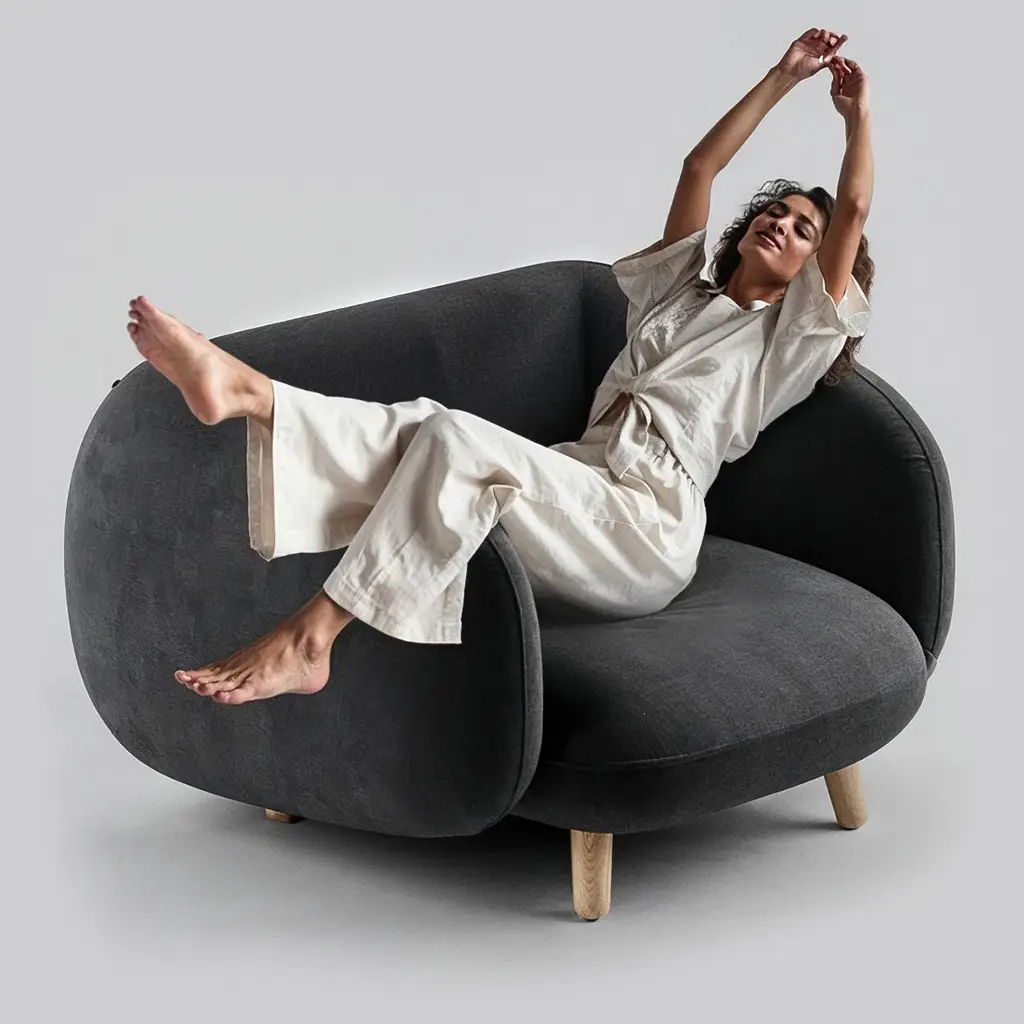In today’s competitive online marketplace, furniture brands need to go above and beyond to capture the attention of potential customers. One effective way to do this is using photoreal CGI (computer-generated imagery). By creating high-quality, lifelike visuals of their products, furniture manufacturers can entice consumers and increase the chances of making a sale. In this article, we will explore the importance of photoreal CGI in furniture marketing, the necessary components for creating realistic renders, and the types of products that benefit the most from this technique.
When it comes to creating photoreal CGI, the materials used in furniture designs play a crucial role. To achieve the desired level of realism, 3D artists require detailed references. There are two types of references that can greatly aid in the creation of photoreal CGI. The first type is detailed photos of the materials used in the product design. These photos should be taken from various angles and lighting conditions to accurately convey the properties of the materials. The second type of reference is physical samples of the materials. By sending actual samples to the 3D visualization studio, the CGI experts can closely examine the textures and reproduce them accurately in the digital realm. These references are essential in creating top-quality renders that truly showcase the materials used in the furniture.
Certain types of furniture products benefit greatly from the use of photoreal CGI. Solid wood furniture, for example, can exhibit different textures and finishes depending on the treatment. Capturing these details in traditional images can be challenging, but with photoreal CGI, every nuance of the wood can be accurately represented, allowing customers to appreciate its natural beauty. Fabrics and upholstery are also crucial elements in furniture design. With photoreal CGI, the texture and stitching work of fabrics can be showcased in detail, giving customers a clearer understanding of the product’s quality and feel. Velvet and velour, with their luxurious texture, are particularly well-suited for photoreal CGI, as the technique allows for full control over the lighting and surroundings, enhancing the opulence of the material. Metal furniture hardware, such as handles and knobs, can also benefit from highly detailed renders, ensuring that every intricate detail is accurately represented. Lastly, leather and fur, with their distinct characteristics, require photoreal CGI to properly showcase their appearance, softness, and desirability.
Creating photoreal CGI takes time and expertise. It involves adjusting textures and lighting using specialized 3D visualization software. However, with informative visual references and the help of a professional 3D rendering company, furniture brands can achieve stunning results that will captivate customers and increase sales.
At Viz Furniture, we offer top-tier 3D visualization services for furniture marketing campaigns. Our team of experts utilizes photoreal CGI to create visually stunning renders that truly bring furniture designs to life. Contact us today to learn more about our services and to schedule a free consultation with our manager.


